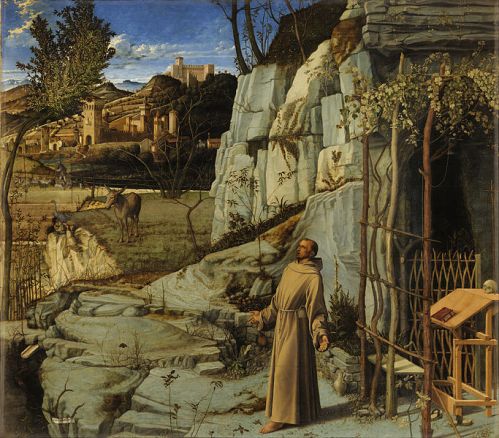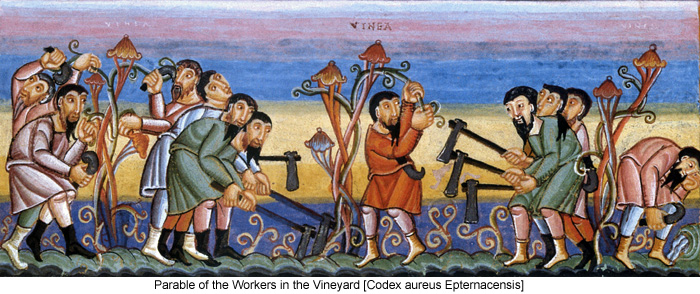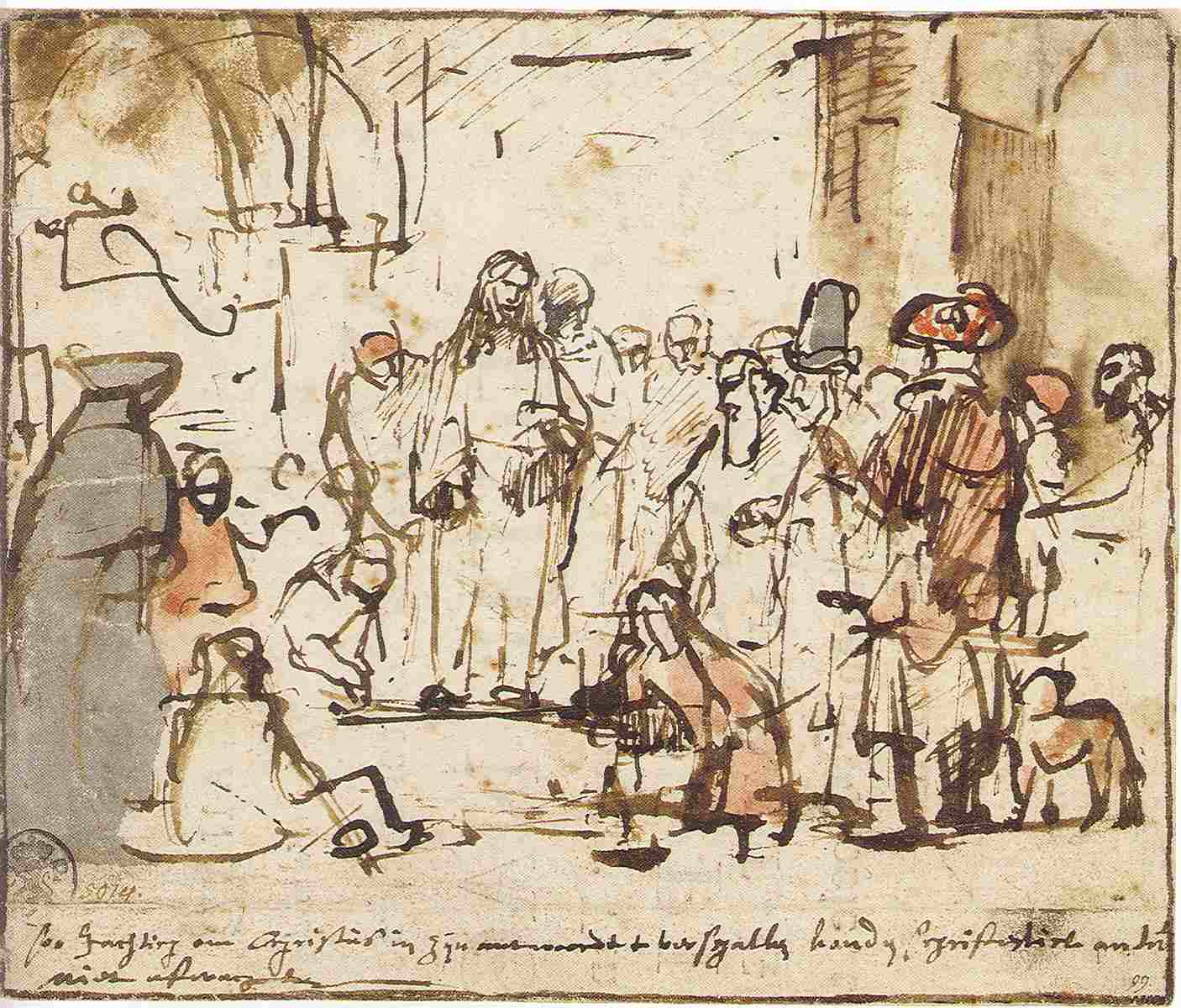The following is my homily for the 27th Week in Ordinary time delivered at St. Francis of Assisi Church Wakefield, Rhode Island USA, October 6, 2013. The memorial of St. Francis of Assisi was celebrated on October 4th.

This weekend, as the Church remembers the life of St. Francis of Assisi, let’s pause for a moment and examine the virtues that energized Francis’ life.
We can begin by saying that he was a simple man. He pursued simplicity. This does not mean that he was of limited intelligence, or that he pursued simplicity for simplicity sake, rather, it means that he was successful at eliminating everything from his life that did not enhance his love of Jesus and service to his fellow man.
In other words, he was continually aware of the four eternal goals of life: keeping our soul in the state of grace, awareness of judgment by God, eternal life, and companionship with God Himself.
He realized that “to be simple is to see things with the eyes of God. St. Francis pursued simplicity because he innately knew that God Himself is simple.”
Other characteristics of Francis’ life are the virtues of faith and love. St. Francis understood that by praying for faith, by acting faithfully and lovingly, his spiritual life would be stressed – like an athlete preparing for a match – enabling him grow stronger in faith and love of God. He knew that if he committed himself to it God’s grace would assist him in this spiritual exercise.
In St. Francis’ life story we see his extraordinary reaction to his father’s demand for repayment for the fabrics he took, and sold, to benefit the poor.
How did he react when accused by his father?
In innocence and detachment he publicly disrobed – a humble nude standing majestically in the Assisi town square.
Michelangelo should have attempted to sculpt that scene in marble. For what was the scene?
It was the image of the young Francis, not confronting the Goliath of military invasion, rather, the Goliath of a garden serpent (in the form of acceptance by society and his father’s love) who tempted him to return to the sweet life, “la dolce vita”.
But it was also the image of the grace of a Divine call to live a virtuous and detached life, filled with love for God and His creation.
The simple grace of Francis’ vision would be the stone that would bring down the giant of his own ego and worldliness.
Now let’s apply this to our Gospel (Luke 17: 5-10).
In today’s parable Jesus demonstrates the power of faith for overcoming temptation and obstacles.
But what did Jesus mean when He said that our faith could move trees and mountains? (see also Matt.17: 20; Mark 11:23)
In the Middle East – even to this day – the term “mountain mover” is used for someone who could provide the solutions to great difficulties.
So when Jesus tells us that if our faith was just the size of a mustard seed we could “uproot trees and mountains,” His emphasis is on His grace working in conjunction with our faith.
The gift of His grace is sufficient to assist us in dealing with our problems. Jesus doesn’t say that all our problems will instantly go away, rather, He says that we will be able to endure them, and yes, like Christ Himself, even overcome them.
So, we know St. Francis of Assisi today because he responded, in a heroic way, to the specific grace that he was given as a disciple of Christ.
Faith and grace was infused into his soul, and ours, at the moment of Baptism. If we choose to participate in Christ’s Sacraments, and do so on a regular basis, grace will build upon grace, and like Francis, our perception will become clearer, we will understand our personal Christian duty, and know how to respond to it.
With today’s Gospel, and St Francis in mind, we can say that God wants us to respond to His grace and scale the mountains of our own difficulties – to climb upon the crosses of our everyday life – because it is through this effort that we receive, in His love, the ability to be His partners in eternity.
At the end of his life, if St. Francis had been asked the question of what did he accomplish, he would have probably answered that he accomplished – nothing.
Rather, he may have said that it was as a loving disciple of Christ that he responded to the gift of God’s grace – and that it was God’s grace working through him that enabled him to perform good deeds and loving actions.
Let us pray that, in the spirit of St. Francis, we respond to God’s grace with the same faith, love, and generosity of spirit.



Copyright © 2011- 2013 Deacon Paul O. Iacono All Rights Reserved. Notes on the art: The first image of St. Francis is a 13th century contemporary image of him. It is found in the Benedictine Monastery in Subiaco, Italy. Thanks to Digitalnun at www.ibenedictines.org. The second and third paintings are by Giovanni Bellini (1430-1516). Bellini painted this around 1480. The third painting is a close-up of a section of this painting by Bellini which shows a curious and loving rabbit peeking out of his den just as St. Francis receives the stigmata. The last photo is of a cloak that was worn by St. Francis. You may observe it and other personal items of St. Francis, such as his prayer book, slipper, and a cincture in the Basilica of St. Francis in Assisi, Italy. Quotations on simplicity based on a 1936 sermon by Fr. Ronald Knox. The reference to “mountain mover” and its usage in the Middle East was provided by D. Schwager. My thanks to him.









You must be logged in to post a comment.